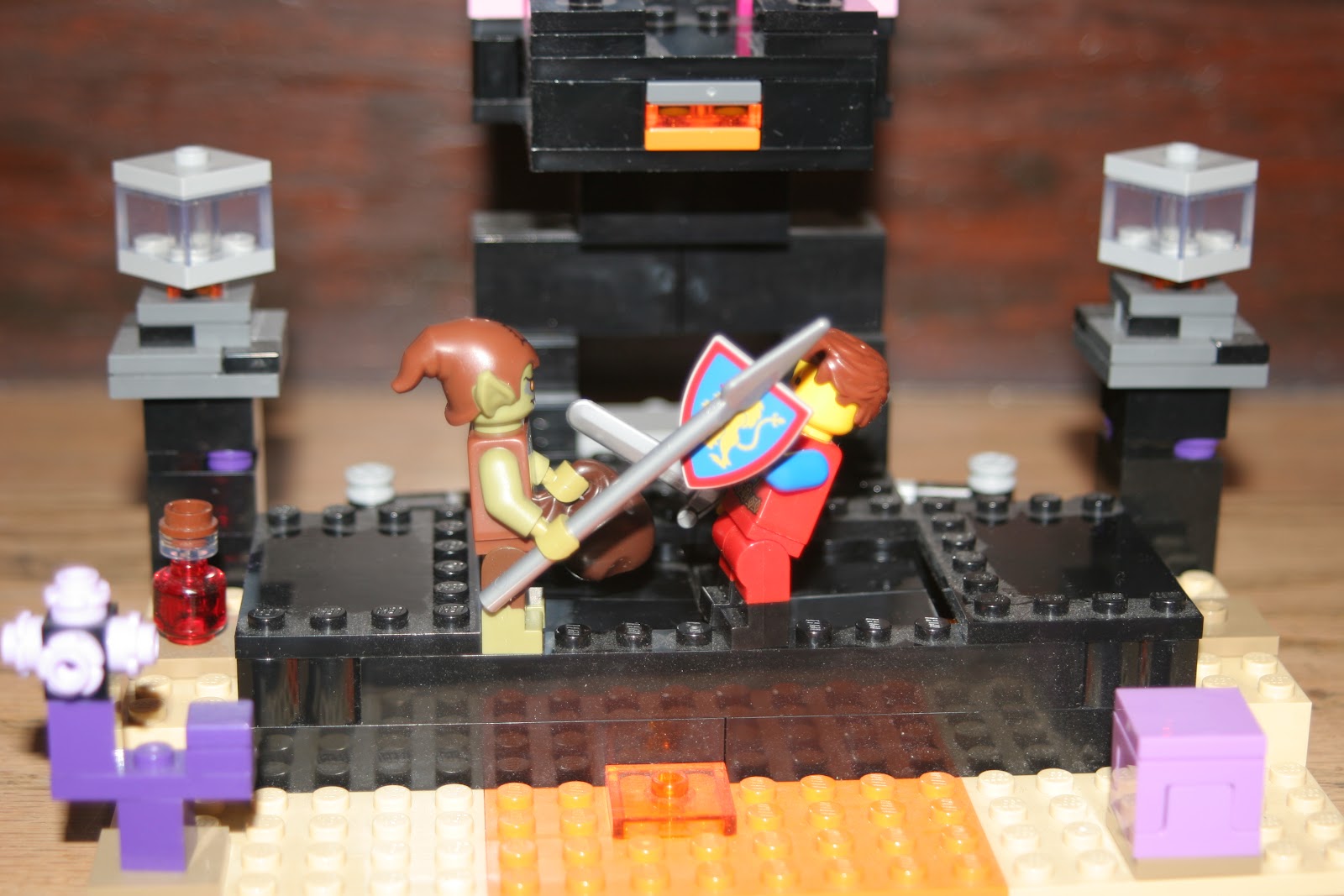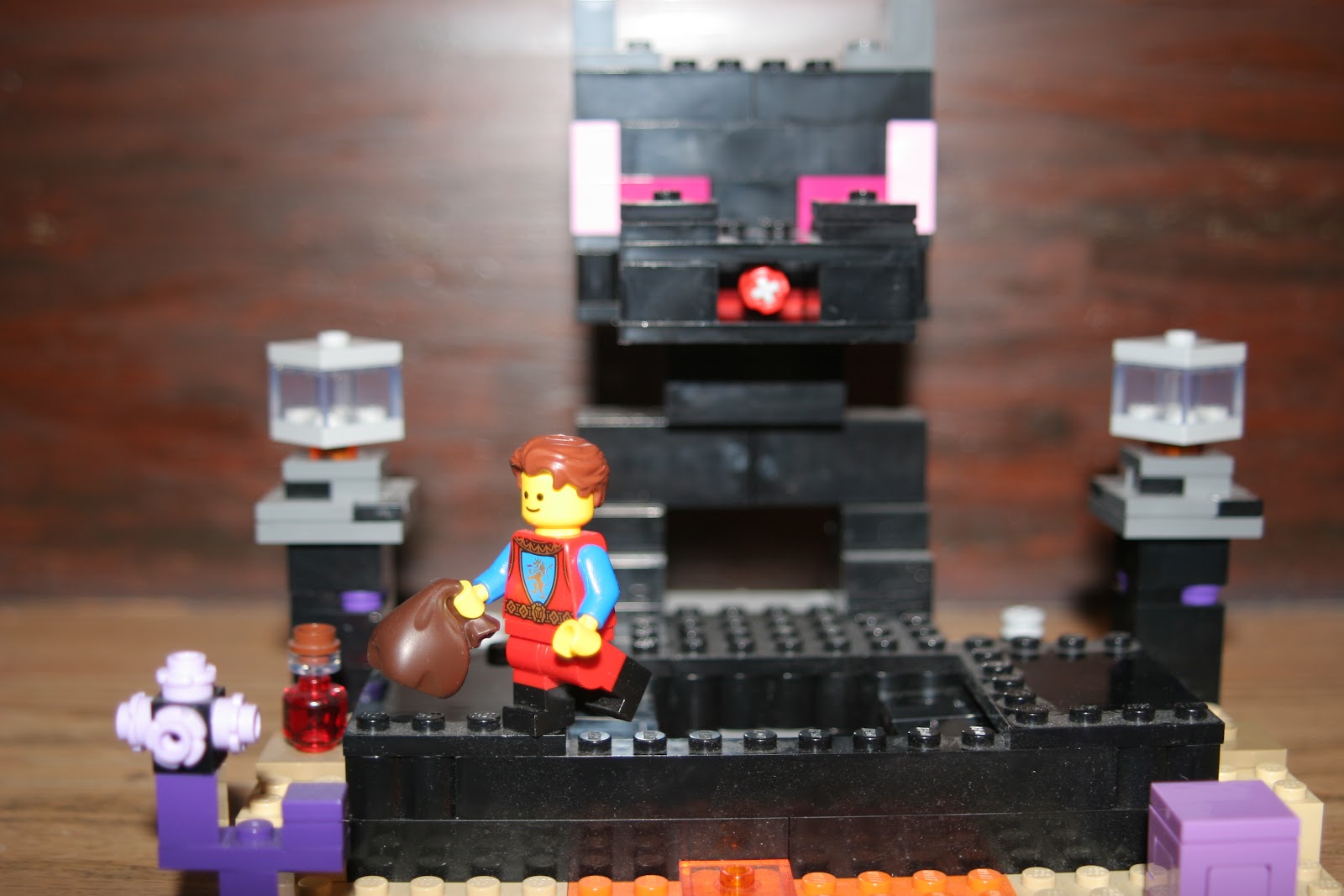Welcome to a little experiment. A Fight Club exhibition match using the AD&D 2nd Edition ruleset.
The purpose of this exhibition match is to exhibit the flow of simple combat for a 1-on-1 fight for a level 1 fighter against an appropriate enemy. And in doing so, to better internalize the combat rules for myself.
The question is, why 2e instead of 1e? Having played both editions, I think 1e is the more functionally complete and therefore better game for campaign play. However; I'm ultimately a Gen Y kid, and 2e was the edition I grew up seeing all over the place in Walden Books in my local malls. Back when both of those things existed. The nostalgia of wanting to deep dive into the game that defined D&D to my lizard brain is very powerful. If anyone in the BROSR is going to talk about 2e, it might as well be me.
But why not 3rd edition or later?
Because, broadly speaking, Wizards of the Coast has never made a good D&D ruleset. Maybe 4th edition, but that's the one I never played. 3rd edition, 3.5 and Pathfinder (that whole ivory tower design school) are bloated with extraneous feats and crunch better suited for video games. 5th edition looks fine on the surface, but it just sucks when you get under the hood. Very shallow and combat is a nightmare if you have more than 4 players.
And besides, 2e has some really interesting things down the line that I've always wanted to experiment with, but that's down the line. Dark Sun? Spelljammer? Birthright? These are things people talk about fondly, but nothing about the mechanics that made them what they were.
Today though, it's pure fundamentals. Lego will be used to provide visual aids for the abstract concepts. If the photo quality is poor, that's because the budget went to Lego.
In the PC's corner is our Level 1 Human Fighter: John Everyman. Look at that winning smile. John here was rolled up using Method III in the 2e Player's Handbook: Roll 3d6 six times and then arrange the points in your desired order.
John's stats are thus: Strength 15, Dexterity 12, Constitution 13, Intelligence 9, Wisdom 12, and Charisma 11. Strong back, slightly weak mind, perfect for a frontline fighter.
One d10 was rolled for his starting hit points, giving him a respectable 8.
5d4 were rolled and multiplied by 10, which gave him 100 gold to start with, and since this is a fighting exhibition, John doesn't have to worry about quality of life expenses like backpacks, rope, or food. It's all going to war equipment.
To whit, that 100 gold was spent toward a set of chain armor and a medium shield, which gives him a respectable Armor Class of 4. And remember, in AD&D, a lower armor class is better. That did set him back 82 gold, and he's only got 18 left to spend. He's going to go ahead and spend 10 of that on a Broad Sword.
The Broad Sword weighs 4 pounds, with a size category of Medium, it's type is Slashing, it's speed factor is 5, against small or medium targets it does 2d4 damage and against large targets it does 1d6+1 damage.
The cheapest helmet in the Player's Handbook is 8 gold, so Johnny boy will have to do without. The limitations of level 1. Even so, he's equipped with the traditional Sord and Bord kit popular with fighting men the world over.
John Everyman (Human Fighter) (Lion Knights)
Str 15
Dex 12
Con 13
Int 9
Wis 12
Cha 11
HP: 8 (Level 1)
GP: 100
Chainmail + Medium Shield: 82 GP AC: 4
Broad Sword: 10 gp 4 lbs, Size: Medium: Type: Slash, Speed Factor: 5, Dam S/M: 2d4, Dam L: 1d6+1
Alignment: True Neutral
That's our player character settled, but what about his opponent?
In the Monster Corner, is Goblin Joe. He's a goblin, and is using the stock stats out of the Monstrous Manual hardcover. Unless otherwise stated, the baseline die roll for monster hit points is a d8, and Joe here has 1 hit die MINUS 1. Rolling a d8 gives a 7, but that minus 1 brings him down to a 6.
His armor class is also 6, factoring in some ratty hide armor. He has no shield or helmet, but he does have a crude spear.
The spear weighs five pounds, is medium size, piercing type, has a speed factor of 6, does 1d6 damage against small or medium targets, and does 1d8 damage against large targets. John is Medium, though, so the 1d8 is a non-factor today.
Goblins have low to average intelligence (between 5 and 10), and Joe here has an 8 Intelligence, which makes him pretty smart for a gobbo. At least he knows the difference between his eating and wiping hands. He may not care, but he knows.
HP: 6
AC: 6
Intelligence: 8
Spear: 8 SP, 5 lbs, Size: Medium, Type: Pierce, Speed Factor: 6, Dam S/M: 1d6, Dam L: 1d8
Those are our two contestants, and to be honest, John should outclass Joe pretty conclusively. Joe's only worth 15 XP all by his lonesome and in this exhibition he has no treasure but whatever he's carrying.
That said, anything can happen through the oracular power of the dice, even an embarrassing loss for team Humanity. We're indoors, so the goblin's sight penalty in bright sunlight isn't a factor hear, but neither is his infravision bonus.
Let's get down to the arena.
As you can see, its been crafted from the finest mines. Don't worry about the lava.
The way combat rounds work in 2nd edition is as follows:
One combat round is approximately one minute long. Ten of these rounds is a Turn (which is approximately ten minutes long). This scaling is more important for spellcasting than clanging swords, but the terms are important to get hammered out.
The combat sequence breaks down into four steps.
The DM decides what actions the monster/NPCs/anything not controlled by a player will do. In this case, Goblin Joe will attack with his spear and hope for the best. The DM obviously does not outright tell the players what the enemy NPCs will do.
The players will indicate what they will do during the combat round. This obviously gets told to the DM because he needs to arbitrate it. In this case, John will attack Joe with his sword.
Initiative is determined.
Attacks are resolved in order of initiative.
Time for Initiative. The default method for initiative in 2e is Group Initiative, right there on page 95 of the Player's Handbook. 1d10 is rolled for each side in the conflict. Lowest roll wins. In the event of a tie, everything happens simultaneously, which is hilariously disastrous.
Joe's initiative roll is a 5. John's is a 7. Goblin Joe wins the initiative and gets to go first.
Now there are various other situational initiative modifiers that can be added on. A lot of them are related to the terrain people are fighting on, any status effects, etc. This is where weapon speed goes, and since he has a smaller weapon, John's broadsword is faster than Joe's spear and could, potentially, have been a factor in the roll in the event of a tie.
Individual initiative is presented as an optional rule in the PHB, but having experienced both, I much prefer and recommend group initiative because individual initiative is a giant hassle that grinds combat down to a standstill, including at higher levels. ESPECIALLY at higher levels.
Winning the initiative, Joe needs to get in John's face. Goblins have a movement of 6 and in a combat round a person/monster/etc can move up to 10 times their movement rating in feet. Joe could potentially get across 60 feet if he wanted to. Since Joe is moving into melee combat, he can only move up to half of his allowed distance and still attack. He's got plenty of movement to get in John's face and take a stab at him.
He could charge, but that adds a lot of wrinkles to the attack roll that can be added later.
And now, THAC0
THAC0 is an infamous acronym for “To Hit Armor Class Zero.” It's what you need to roll to hit someone with an AC of 0. Since Joe is a monster, his THAC0 is already determined. It's 20 per the Monster Manual To determine the number he needs to beat to hit John, the Armor Class of the target is subtracted from the attacker's THAC0. John's AC is 4, so the target number is 16. Goblin Joe needs to roll a 16 or higher on 1d20 in order to to hit John. In the case of characters with negative AC, the number of negative AC points is ADDED to the THAC0 (making it harder to hit, naturally) but that's not relevant for us yet.
He rolls an 11, and the attack misses. THAC0 has a reputation for intimidation, but at it's core it's just subtraction. There's also a chart in the PHB and DMG. It looks like this:
John's turn. As a level 1 character, his THAC0 is also 20. Joe's AC is 6. John has to roll 14 or higher on 1d20 to hit Joe.
John rolls a 1. It's a good thing for him that critical misses aren't a thing in AD&D. It's just a guaranteed miss for a natural 1. Conversely, a natural 20 is a guaranteed hit, but not a critical hit.
It's a new round and since both combatants are in melee combat already, their courses are pretty clear. Both will be attacking. Joe rolls a 3 and John rolls a 9. Joe wins again.
Joe rolls a 6 to attack, which does not beat 16. That's another whiff.
John rolls a 16 and that DOES connect. John's sword does 2d4 damage. The first roll is a 3 and the second roll is a 4, for a total of 7 damage to Goblin Joe. Joe has all of 6 hit points to his name, so he drops down to -1 and falls down dead.
This fight is over. John Everyman, Level 1 Human Fighter is the winner of the inaugural fight club exhibition match.
Let's see what he's won: Joe's treasure is listed as C (K). This can be found in the Dungeon Master's Guide. C is one of the lair treasure categories, and since Joe's not in his lair, it's not applicable. K, however, is an individual treasure category, and it says that between 3 and 18 pieces of silver are found. So rolling 3d6, the result is 7. Seven pieces of silver, one for each point of damage he did.
Don't spend it all in one place, John.
















No comments:
Post a Comment